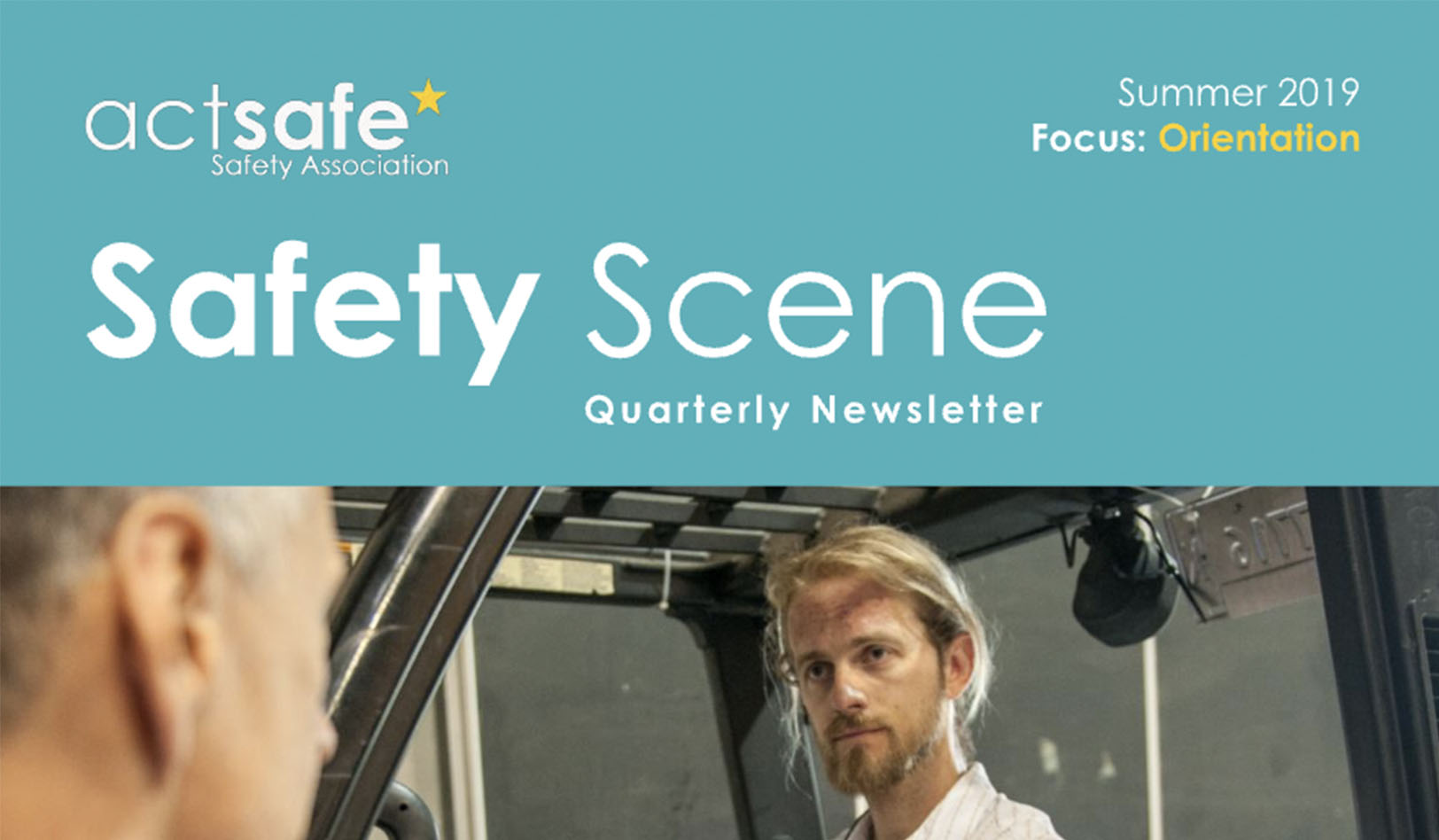Written by Don Parman, Manager of Performing Arts Programs and Services, Actsafe Safety Association. To get in touch withDon; donparman@actsafe.ca or call 604 733 4682 Ext. 112.
YES, you need to do this for every new and young worker!
YES, you should do this at the top of each call!
We need to talk about orientations for the performing arts and live event industries. “Why?” you might ask. Well, orientations is an area of safety that these industries could be better at. The performing arts and live event industries have been playing catch up with other industries in addressing basic safety planning and execution, and this has to change. My aim is to help our industries be at the forefront of safety and be the arts and entertainment industries’ leader for orientations.
While there are many requirements from WorkSafeBC for new and young worker orientations, I would like to go back to basics for those overwhelmed by the idea of orientations in a freelance market. Let’s stick to the top five things you need to know to orient your workers:
- Identify the supervisor: Workers need to be made aware of who their supervisor is and the supervisor’s role in their safety. Workers are to address safety issues through them.
- How workers can summon first aid: Workers must be told where first aid can be located and who the designated first aid attendants are. They may not always be near the first aid station so workers must also be told how they can contact first aid, such as on the phone, headset, or radio.
- Emergency Procedures: It’s important that everyone in your production knows the emergency procedures that are in place in case of an emergency, such as fires and earthquakes. Exits, extinguishers, muster points and any procedures involved in evacuations must be brought to everyone’s attention. Also, let everyone know where the evacuation procedure document is posted!
- The right to refuse unsafe work: All workers in B.C. have the right to refuse unsafe work without getting punished or fired. It is imperative to make sure that they are aware of this right, how to exercise it, and who to report it to, namely their supervisor, or the JHSC/Worker Rep.
- Location of the safety board: Even though you may not be able to walk a worker through all of the policies and procedures at the time of an initial orientation, it is important that the worker is made aware of where to find them, the location of the safety board, and other related documents so that they can read and refresh themselves on safety.
A well-thought-out orientation should take no more than 10 minutes, and can be delivered at any time or at any location.
“In time, this will be as normal as hard hats and steel toes!”
This article was featured in the Summer 2019 edition of our quarterly newsletter Safety Scene. The full edition can be found here.



Share Now: